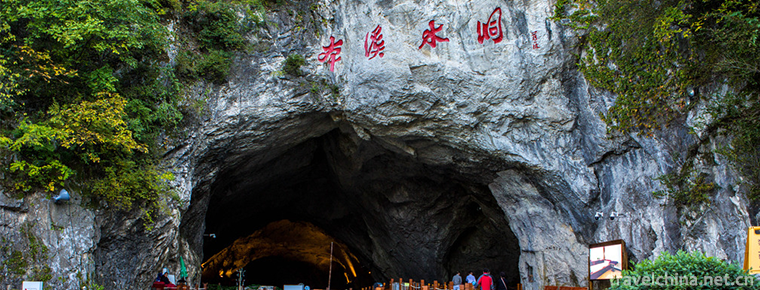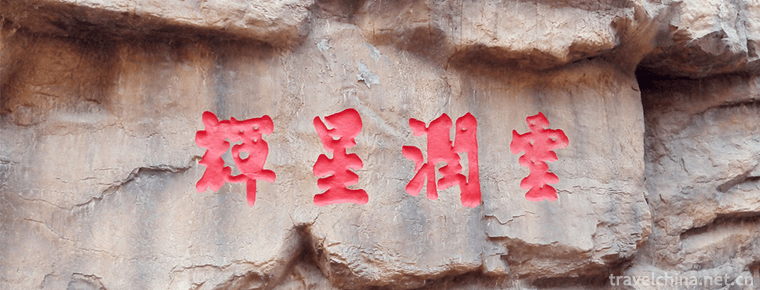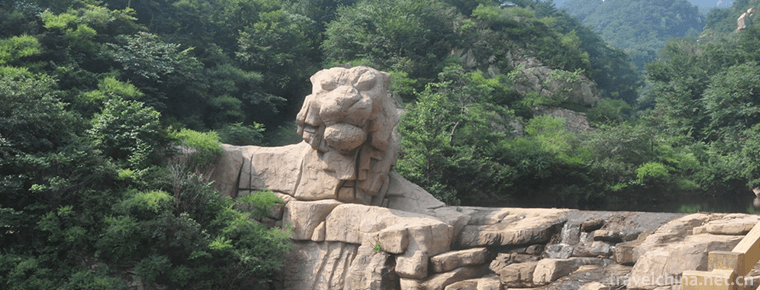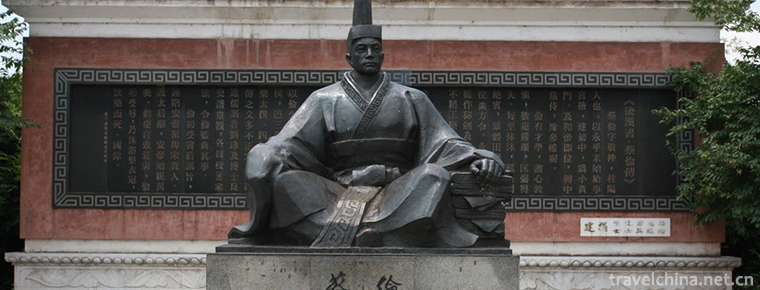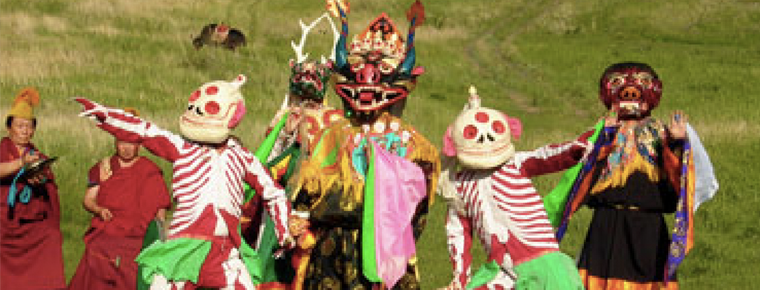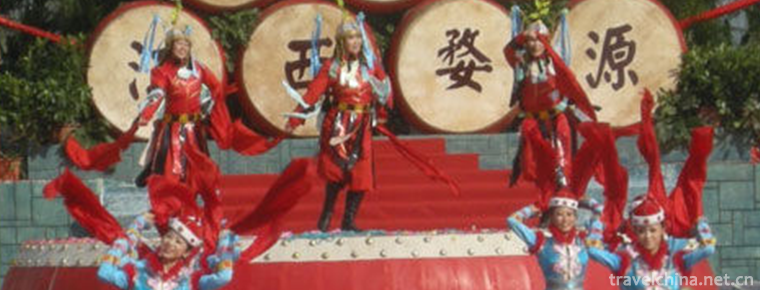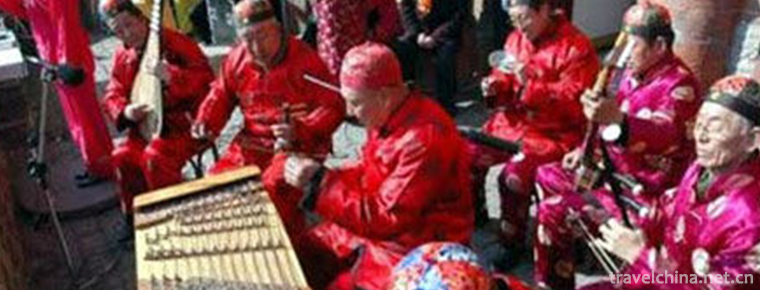Social undertakings in Guangyuan
Social undertakings in Guangyuan
education
By the end of 2017, there were 751 schools at all levels and types in Guangyuan City (excluding primary and primary school teaching sites), with 380700 students and 26800 full-time teachers. Among them, there are 3 universities with 21500 students and 692 full-time teachers; 12 secondary vocational education schools with 18800 students and 1141 full-time teachers; 27 ordinary high schools with 51100 students and 3986 full-time teachers; 127 junior middle schools (including 67 nine-year consistent system), with 65800 students and 6456 full-time teachers; 264 primary schools with 154100 students There are 11555 full-time teachers, 308 kindergartens with 68600 children and 2728 full-time teachers; there are 5 special education schools with 654 students and 137 full-time teachers. There is one Gongdu school with 52 students and 17 full-time teachers.
Institutions of higher learning
General high school and secondary vocational school
Cultural undertakings
By the end of 2018, there were 211 art performing troupes (1 state-owned and 210 folk), 8 cultural centers, 230 Township comprehensive cultural stations, 240 community cultural centers, 5 museums (memorial halls), 4 art galleries, 8 public libraries, and the total collection of public libraries was 2.185 million. Throughout the year, 73 songs, 60 dances and 36 sketches were created. Many works won awards in national and provincial competitions. More than 2400 mass cultural activities were organized throughout the year.
By the end of 2018, there were 8 radio and television stations in Guangyuan, with a broadcasting coverage rate of 98.5%. There are 450000 cable TV users, 211700 live satellite users and 34500 terrestrial digital TV users, with a TV coverage rate of 98.8%. The comprehensive coverage rate of radio and television was 98.7%. There are 239 fixed projection spots for rural public welfare films.
medical and health work
By the end of 2018, there were 3540 medical and health institutions at all levels (including village clinics), 22091 beds and 18173 health technicians, including 6343 practicing (Assistant) doctors and 7696 registered nurses. There are 8.28 beds per thousand people and 6.81 health technicians per thousand people. Among them, there are 248 township health centers, 20 community health service centers and stations, 5578 beds, 4472 health technicians, 2513 village clinics and 2737 rural doctors and health workers.
There are four top three hospitals: Guangyuan Central Hospital, Guangyuan traditional Chinese medicine hospital, Guangyuan first people's Hospital and Guangyuan mental health center.
Sports
In 2018, Guangyuan City hosted the 13th Provincial Games, the 9th Paralympic Games and the fourth special Olympic Games. In the whole year, Guangyuan City hosted 24 events above the provincial level, and organized more than 260 mass sports events such as zengjiashan international cross-country challenge. He won 38 gold, 48 silver and 33.5 bronze medals in the 13th Sichuan Provincial Games, ranking second in terms of gold medals and medals. The stadiums and gymnasiums of the sports system are open to the public free of charge or at low charges, and more than 1.21 million people have been receiving fitness free of charge throughout the year. The annual sales of sports lottery reached 242 million yuan, an increase of 267.0% over the previous year, and the sports lottery public welfare fund was divided into more than 8.1 million yuan.
post and telecommunications
In 2018, the annual revenue of main telecom business in Guangyuan was 1.704 billion yuan, an increase of 2.9% over the previous year. At the end of the year, there were 490200 fixed telephone users, an increase of 7.7%. Mobile phone users were 2.5969 million, an increase of 4.7%. The business income of the postal industry was 410 million yuan, an increase of 7.8%, including 141 million yuan of express business, an increase of 11.8%.
People's life
By the end of 2018, the per capita disposable income of urban residents in Guangyuan City was 30592 yuan, an increase of 2460 yuan or 8.7% over the previous year. The per capita living consumption expenditure was 20080 yuan, an increase of 9.2%; the per capita disposable income of rural residents was 11854 yuan, an increase of 1053 yuan, an increase of 9.7%. The per capita living consumption expenditure was 9934 yuan, an increase of 10.9%.
social security
By the end of 2018, Guangyuan City had participated in 506700 basic endowment insurance for enterprise employees, 101000 for institutions, 1219200 for urban and rural residents, 162900 for unemployment insurance, 317000 for urban employees and 2409500 for urban and rural residents. In the whole year, 93200 people enjoyed the urban minimum living security, and paid 260 million yuan of security fund; 172700 people enjoyed the minimum living standard security in rural areas, and paid 286 million yuan. The number of urban and rural medical assistance was 58000, and 179400 people participated in urban and rural minimum living allowance and rural five guarantee households, with a total amount of 103.55 million yuan. The sales of Fucai reached 304.42 million yuan, an increase of 12.7%. The Commission of welfare lottery public welfare fund was 20.93 million yuan, an increase of 5.7%.
environmental protection
By the end of 2018, the energy consumption per unit GDP of Guangyuan City has decreased by 4.51% compared with the previous year, and the energy consumption per unit industrial added value has decreased by 6.99%.
The proportion of days with good air quality was 96.1%. The centralized treatment rate of urban domestic sewage is 97%, the water quality standard rate of centralized drinking water source is 100%, and the water quality standard rate of urban water environment functional area is 100%.
Safe production
By the end of 2018, there were 68 production and operation accidents in Guangyuan City, with 68 deaths, down 1.4% and 2.9% respectively compared with the previous year; 55 people were injured, an increase of 54.5% over the previous year. One major production safety accident occurred in the whole year, with 3 deaths, and no major and especially serious safety accidents occurred.

-
Benxi Water Tunnel Scenic Area
Benxi Water Cave, National AAAAA Class Tourist Scenic Spot, National Key Scenic Spot and Asian Member Unit of International Tourist Cave Association.
Views: 190 Time 2018-12-04 -
Huaxia City Tourist Scenic Spot
Weihai Huaxia City Scenic Area belongs to Huaxia Cultural Tourism Group Co., Ltd. It is located in Weihai, a beautiful seaside resort city..
Views: 229 Time 2018-12-08 -
Legend of White Snake
Legend of White Snake, local traditional folk literature in Zhenjiang City, Jiangsu Province and Hangzhou City, Zhejiang Province, is one of the national intangible cultural heritage..
Views: 153 Time 2018-12-15 -
Wanxiang Karst Cave
Vientiane Cave, the national AAAA-level tourist attractions, provincial geological parks, provincial scenic spots and provincial cultural relics protection units.
Views: 124 Time 2018-12-17 -
Yashan Huahai Stone Forest
Yashan Huahai Stone Forest Tourist Area, located in Nanling County, Wuhu City, Anhui Province, is one of the important scenic spots in Anhui's "two mountains and one lake" tourism economic c.
Views: 160 Time 2018-12-20 -
Lion Mountain Scenic Area
Lion Mountain Scenic Area is located in the east of Shaoshan Scenic Area, which is divided into Lion Mountain Scenic Area and Benbenling Scenic Area..
Views: 372 Time 2019-02-08 -
Cai Luns Paper making Legend
Cailun Paper-making Stories and Legends are legends circulated in Cailun's fiefdoms, burial sites and experimental sites of Yangxian Longting and surrounding areas..
Views: 206 Time 2019-04-04 -
Jamal
In June 2008, Chamane declared by Alxa League of Mongolian Autonomous Region was listed in the second batch of national intangible cultural heritage list with the approval of the State Council..
Views: 143 Time 2019-04-15 -
Drum Dance
Dance and drum dance is a kind of folk dance of Miao nationality in China. Miao people's "encouragement" has a long history. The written records of Miao people's drumming.
Views: 130 Time 2019-05-01 -
Qing Opera of Wa Nationality
The Wa Qing Opera belongs to the high-pitched system, with different roles for men and women. The roles are similar to those of Sheng, Dan, Jing and Wei. Use a dye called "Red Drug" to colou.
Views: 107 Time 2019-06-25 -
Yulin Xiaoqu
The lyrics of Yulin Xiaoqu are integrated with elegance and vulgarity. In terms of language style and structure, there are not only words used by ordinary scholars, but also local dialects and dialect.
Views: 165 Time 2019-07-14 -
Historical evolution of Yibin
In the sixth year of Jianyuan (135 B.C.), Emperor Wu of Han Dynasty established Qianwei County, and at the beginning of the county administration, he (the west of Zunyi City, Guizhou Province) was established. In the first year of the first Yuan Dynasty of emperor Z.
Views: 375 Time 2020-12-18
